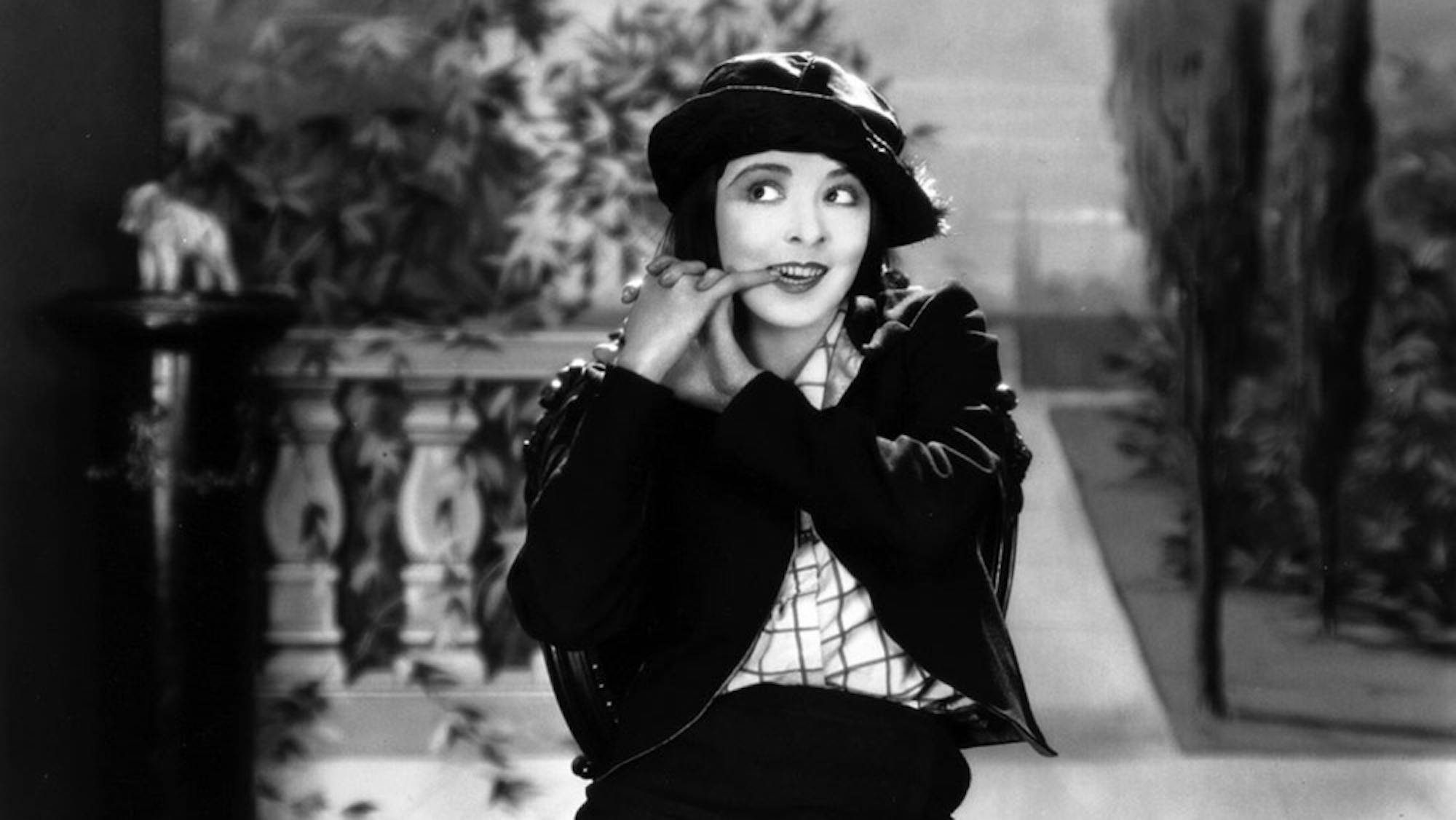In the series titled "HUSH," The Rockwell in Davis Square presents a silent film from the early 20th century accompanied by live music on the first Wednesday of every month. This past Wednesday’s performance featured the film "Ella Cinders" (1926), starring Colleen Moore. The screening was accompanied by Noxaphonic, a music duo that includes a rotating group of musicians. The curator of the series, Erica Baptiste, is an artist and film expert.
"Ella Cinders" is loosely based on the story of Cinderella, except set in the 1920s. Ella (Moore) works relentlessly in her home, obeying the various commands of her stepmother and two step sisters. Ella’s “Prince Charming," who is known as Waite Lifter (Llyod Hughes), arrives much earlier and is more involved in ensuring that Ella’s dreams come true than in the original fairytale. When a beauty contest that promises a ticket to Hollywood comes to Ella’s town, she cannot help but enter. Despite her family’s greatest efforts, Ella wins the contest with the help of Waite. She then arrives to Hollywood only to find out that the contest she won was a fraud, but Ella’s determination and serendipitous carelessness lands her a long-term contract with a Hollywood producer. When news of this hits her hometown, it is revealed that Waite Lifter is George Waite, a very wealthy heir, in disguise. George immediately goes to Hollywood, sweeps Ella off her movie set and proposes to her. The film ends on a scene of a little boy sitting on the shoulders of Ella and her husband, happily waving goodbye into the distance.
The plot and visuals of "Ella Cinders" were given a fresh take when accompanied by live instrumentals. Unlike the conditions of the original movie, which includes a piano accompaniment, Noxaphonic included a bassist, percussionist and saxophonist. The musicians wrote an original score, but they also improvised at times. For a screening of a silent film, there was no silence at all. When watching such a production consisting of audio and visual components, it becomes pretty clear as to how a silent film differs from a talkie, a film with dialogue. Silent films are more stimulating because they demand more attention and engagement from the audience. The actors employ a different form of comedy that is more physical and facially emotive than a modern viewer is used to.
The biggest difference between a film with dialogue and one without is the viewer’s interpretative capability. With talkies, we are extremely focused on what each actor has to say, and this determines the course of a scene’s tonality, significance and other elements. When there is no dialogue in the film (besides the few times viewers can decipher the words being mouthed by the actors), there is more of an opportunity for the viewers to draw their own conclusions. Audience members laughed and exclaimed at different times throughout the film. Without a laugh track or audible pauses for jokes, the viewer is left to interpret the scene and the music that accompanies it. The music itself carries its own weight that alters how we view the characters, the plot and ultimately the film itself.
The United States National Film Registry has preserved "Ella Cinders" for the rich historical and cultural significance it carries. The cultural values of the film are certainly outdated. When Ella’s train stops in New Mexico on her way to Hollywood, a large group of Native Americans wearing large headdresses and other stereotypically 'traditional' garments get on board with her. They all start smoking cigars (with hallucinogenic properties, as is later made clear) and insist that Ella join them, while she looks at them filled with terror. The scene was uncomfortable to watch, but it reminded viewers of how the portrayal of certain groups in mass media can lead to their ostracization and disenfranchisement from socio-political institutions.
There are still aspects of the film that have been completely lost in the contemporary landscape. In the scene where Ella is submitting her photo to the beauty contest, the diversity of 'pretty women' in the line is incomparable to the women featured in films today. Women of varying heights, weights and skin tones are all present in the line. The actors look like everyday people instead of solely tall, thin, white women, and although Moore’s look is the most similar to that of today’s stars, she certainly would not be considered contemporary star material. She was praised in her time for her androgynous features, her killer wit and her talent. When it comes to silent movies and the present day, maybe the film industry has lost more than just their live accompaniment.
Silent film 'Ella Cinders' is revitalized at The Rockwell

Summary
A silent film at the Rockwell offers a unique experience that modern movie-goers shouldn't miss out on
4 Stars





